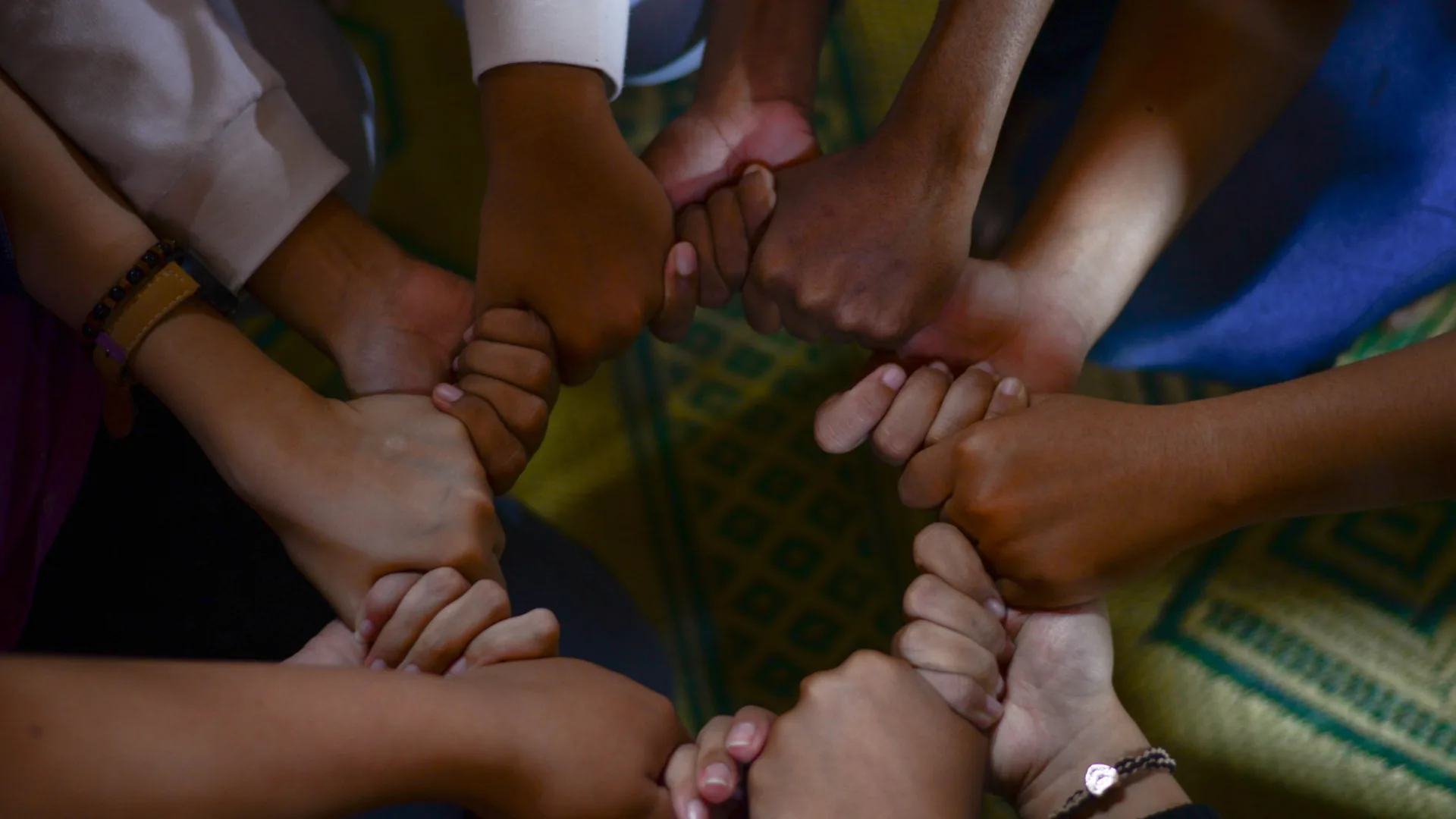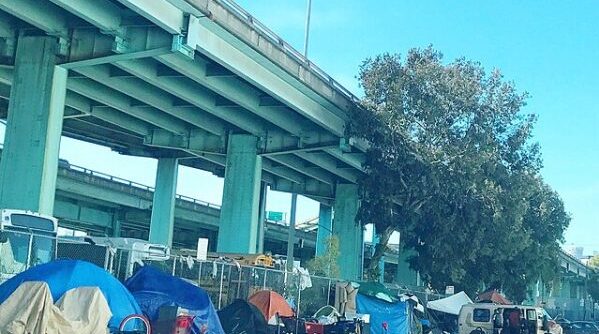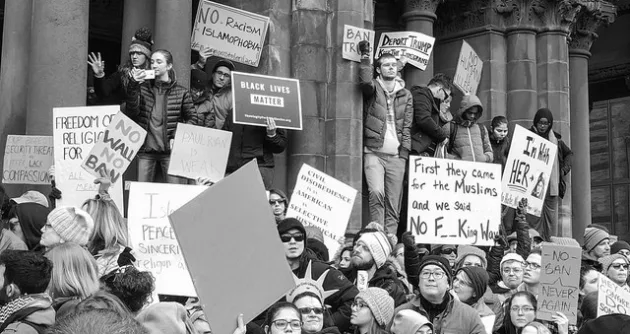Feature photo by Whylly Suhendra
As much as humans have effectively organized to harm and destroy their land bases and each other, the innate drive to come together in community, to help each other in times of extreme events, is an even more powerful force. Manmade or naturally occurring, there are thousands of stories of neighbors helping neighbors, strangers coming to the aid of strangers during and after major traumatic events in order to supply food, shelter, clothing, and medical care. That mentality of community aid or self-organizing community resilience has also carried over into areas such as job training, ongoing healthcare, food production, home improvements, alternate economies, and citizen governance.
Disasters and crisis moments are part of life but they are also on the rise along with the fact that the system itself has proven in many instances to fail to address community needs. There is a growing recognition that it will be up to us – the people of our communities – to not only be ready for those moments of high need but to organize and move into action every day because of the multitude of dire needs caused by or not being addressed by the system.
Join CELDF and an all-star collection of organizers, thinkers, and advocates for community resilience to tackle such questions as:
- What does community resilience look like?
- How can building community resilience lead to community resistance to the oppressive aspects of the system?
- Can the efforts of community aid become the norm vs. the outlier?
- Can we trust one another that we are more capable than those who run the systems that have either caused the growing number of community disasters and/or failed to serve the community in the moment and after?
Panelists
- Lisa Lake – Lisa is based in Portland, Oregon and is the director of Advocacy 5 and worked as a trained medic and crisis worker for EWOKS at the Black Lives Matter protests. She is also a mutual aid organizer having assisted Oregonians displaced from wildfires. Mutual Aid Response During Fires Shows Black Lives Matter Is Building Community
- Denzel Caldwell – A community organizer and movement economist from Nashville, Tennessee. Denzel is an electoral justice researcher and educator at the Highlander Research and Education Center and organizer for the Nashville Economic Justice Alliance and the Black Nashville Assembly. How Can We Build Democracy in the South — in Electoral Politics and Beyond?
- Chad Nicholson – Senior Staff member at CELDF. Chad lives and organizes in Pennsylvania, assisting communities to engage in rights-based organizing on issues ranging from environmental protection to prisoners’ rights. East Palestine: “We Basically Nuked a Town with Chemicals So We Could Get a Railroad Open”



